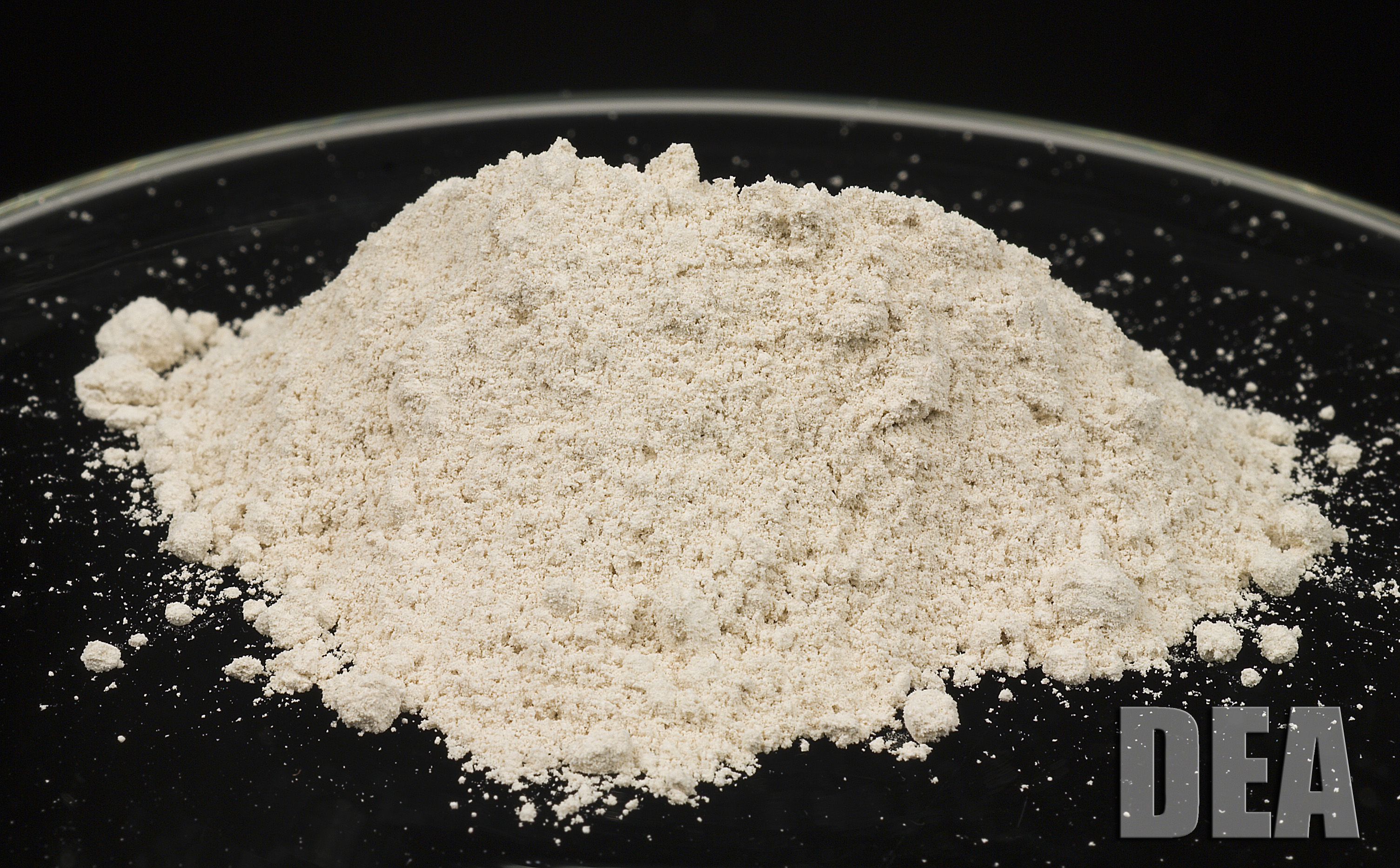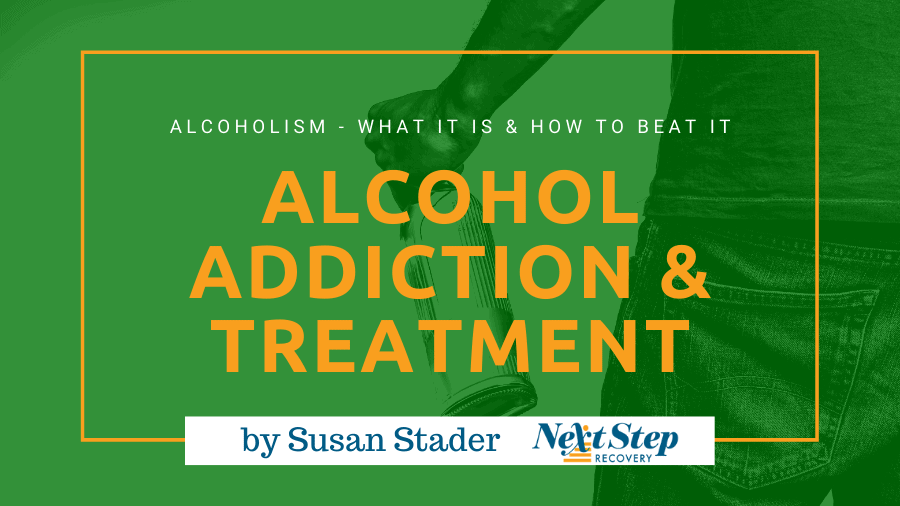12 Sedatives make an individual feel sleepy or calm, which is why they are often prescribed for problems with anxiety and sleep conditions. 12 These affects might interest some users and might promote abuse - how to help a loved one with drug addiction. Some people will also utilize these drugs to boost the high of opioids, which can be especially unsafe, since both depress respiration.
Since sedative withdrawal can be rather uneasy and harmful for someone who is physically dependent, the individual may be more inclined to continue using to prevent it. Alcohol is tough to leave; the drug is available in restaurants, corner stores, filling station, bars, numerous people's homes, and more. The fast, easy gain access to and low expense make alcohol's capacity for abuse high.
Once taken in, alcohol impacts different chemical messengers like GABA, norepinephrine, and dopamine, which lead to the various results of alcohol like reduced attention, bad memory, drowsiness, and a lack of social inhibitions. Alcohol also impacts other neurotransmitter systems such as endogenous opiates, even more increasing its addictive capacity. In a similar way to sedatives, giving up alcohol once dependent produces an extremely severe withdrawal syndrome that might put a detoxing individual's life in risk, with results such as seizures and delirium tremens.
If you or your enjoyed ones are abusing alcohol or other drugs, it is never ever too early or too late to request for assistance. Expert treatment for addiction is an efficient way to address both your physical dependence and addiction. These programs do not see the people who ask for aid as "addicts" however as individuals fighting with a chronic condition impacting every aspect of their lives.
You might consider discussing your issues with your primary care doctor or a psychological health expert. If you are unable to speak with a medical professional or other treatment professional about suitable rehabilitation alternatives, calling a helpline might be your path towards treatment. Good choices for a drug addiction hotline include: At the earliest stages of dependency treatment, a specialist will conduct an extensive evaluation to identify your current status, symptoms, and the most suitable strategy to handle your recovery. An examination includes:14 A total physical Browse around this site health and psychological health history.
Unknown Facts About How To Help Someone With Drug Addiction And Depression
The period, rate, and dose of use. If other drugs are used simultaneously. Previous treatment attempts. Current stress factors like: Financial issues. Legal problems. Risk for violence or suicide. Living situation. Based on the details collected throughout this evaluation, you will be referred to a level of addiction treatment that best fits your condition.

14 Professional detox is an essential primary step in treatment for many individuals getting sober, due to the fact that quitting particular substances will bring about a variety of traumatic withdrawal symptoms that might venture into lethal territory. 14 Throughout medical detox, medications Click here for more are utilized to handle withdrawal. Other detoxes, called "social" or scientifically managed detox, highlight the support and motivation of personnel in a safe environment to assist in recovery but do not offer prescription medications for symptoms.
14 Detox, and the treatments that follow, can occur in inpatient or outpatient settings:14 Inpatient treatment is any treatment needing the specific to live at the facility while receiving services. Inpatient programs are often housed in medical facilities or standalone treatment centers and vary in period, with longer inpatient treatment frequently described as property treatment - which neurotransmitter is involved in drug addiction?.
Outpatient treatments permit the private to participate in services during the day and sleep in their own bed in the evening. Outpatient is usually a much better fit for people with less severe dependencies and/or strong social networks. Outpatient treatments may continue for many years and levels of care include: Partial hospitalization programs (PHPs).
Extensive outpatient programs (IOPs). A little less intensive than PHPs, IOPs provide between 6 and 9 hours of treatment every week. Standard outpatient. This is the least time intensive outlet for outpatient care, using hour-long sessions weekly or monthly. Somebody who finished inpatient detox may transition to some type of continuous treatment to preserve their momentum, such as property treatment, PHP, IOP, or basic outpatient.
4 Easy Facts About How Does Drug Addiction Occur Shown
Another choice for individuals presently in or completed with treatment is support system. Support groups are meetings organized and run by individuals in recovery that concentrate on fellowship, continued concentrate on sobriety, and offering back to others as a method to stay drug-free. For many, addiction treatment is a lifelong process with ongoing expert treatment and aftercare choices to keep recovery.
3 Whether you think addiction is a disease or not, everybody can agree that dependency is a major issue that adversely affects the lives of the individuals using substances in addition to individuals in their lives. The suffering that comes along with addiction can be immense, however treatment provides a ray of hope for the future.
( 2018 ). Grant, J. E., Potenza, M. N., Weinstein, A., & Gorelick, D. A. (2010 ). Intro to Behavioral Dependencies. The American Journal of Drug and Alcohol Abuse, 36( 5 ), 233241. http://doi. org/10. 3109/00952990. 2010.491884. fo National Institute on Substance Abuse. (2018 ). Holden, T. (2012 ). Addiction is not a disease.
Heyman, G. M. (2013 ). Dependency and Choice: Theory and New Data. Frontiers in Psychiatry, 4, 31. National Institutes of Health. (n. d.). American Psychiatric Association. (2013 ). https://penzu.com/p/af4f421e Diagnostic and statistical handbook of mental conditions (5th ed.). Arlington, VA: American Psychiatric Publishing. National Institute on Substance Abuse. (2018 ).
( 2016 ). National Institute on Substance Abuse. (2018 ). Drug Abuse and Mental Health Solutions Administration. (2016 ). National Institute on Drug Abuse. (2018 ). Natioasnal Institute on Alcohol Abuse and Alcoholism. (n. d.). Drug Abuse and Mental Health Solutions Administration. (2015 ). Cleansing and Compound Abuse Treatment.
Which Of The Following Statements Is True About Drug Addiction? Fundamentals Explained

Dependency, scientifically referred to as a compound usage disorder, is a complicated illness of the brain and body that involves compulsive use of one or more compounds regardless of serious health and social effects. Dependency disrupts regions of the brain that are accountable for reward, inspiration, learning, judgment and memory. Dependency is defined as a disease by a lot of medical associations, consisting of the American Medical Association and the American Society of Dependency Medicine.
Hereditary risk elements account for about half of the probability that a person will develop dependency. Dependency involves changes in the functioning of the brain and body due to consistent use of nicotine, alcohol and/or other substances. The effects of untreated addiction frequently consist of other physical and psychological health conditions that require medical attention.
People feel satisfaction when basic needs such as hunger, thirst and sex are satisfied. For the most part, these sensations of pleasure are brought on by the release of particular chemicals in the brain, which strengthen these life-sustaining functions by incentivizing the specific to repeat the behaviors that produce those gratifying feelings (consuming, drinking and procreating).
Over time, continued release of these chemicals triggers changes in the brain systems associated with reward, inspiration and memory. The brain tries to get back to a balanced state by decreasing its reaction to those fulfilling chemicals or releasing stress hormones. As a result, an individual may need to use increasing amounts of the substance just to feel closer to typical.